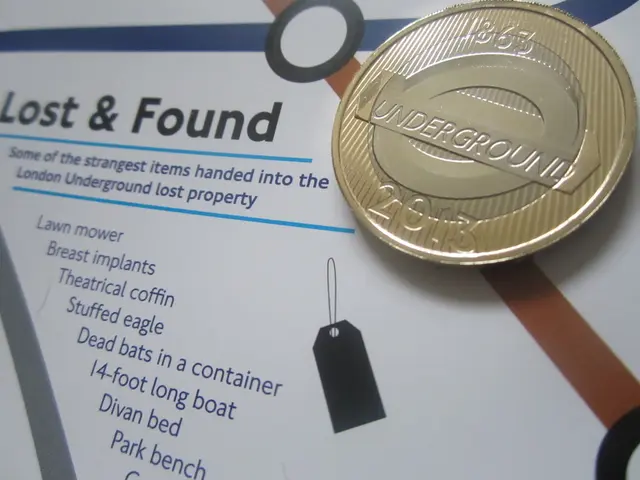Embracing Self-Reliance: The Blossom of Solo Staking for Ethereum Marks a New Era
In the world of cryptocurrency, the concept of solo-staking on Ethereum is gaining traction, especially in Southeast Asia, thanks to platforms like Stakesaurus. Founded by Samuel Chong, a CFA charterholder and former SEA-focused venture capital investor at TNB Aura, Stakesaurus aims to empower individuals to become ETH node operators.
Stakesaurus offers a comprehensive guide, the Stakesaurus Guide, designed to help laymen from zero to one, both conceptually and technically. The platform also provides beginner-level support through its Telegram group.
Participating in emerging testnet initiatives, such as Lido, Diva Staking, Stader, NodeSet, Ether.fi, and others, allows solo-stakers to build off-chain reputation with projects they participate in. This reputation can potentially earn solo-stakers priority when Total Value Locked (TVL) is allocated.
One of the appealing aspects of solo-staking is the lower financial and technical barriers to entry. Currently, the time is favorable for solo-stakers on Ethereum, as these barriers are significantly lower compared to traditional staking methods.
It's important to note that each testnet initiative has its own financial requirements. For instance, Stader Labs requires 4.4 ETH, of which 0.4 ETH is in SD tokens. Diva Staking, on the other hand, requires 1 ETH. Rocketpool requires 10.4 ETH, of which 2.4 ETH is in RPL tokens for node operators. Lido's financial requirements are yet to be determined.
Stakesaurus prioritises the safety of its stakers by using only minority clients. NodeSet, another testnet initiative, requires no ETH, making it an accessible option for those with limited resources.
Quality community support and documentation for solo-staking is high. Resources such as CoinCashew, Somer Esat, and Stakesaurus offer step-by-step guides for solo-staking. For specific questions, ETH client teams' Discord is available.
Hardware grants from the Ethereum Foundation can offset the fixed costs of $800, making it even more accessible for individuals to participate in solo-staking.
In addition, liquid staking abstracts the financial and technical requirements for individuals. Stakewise V3 can be used to spin up a liquid staking pool for scaling TVL.
Stakesaurus' mission extends beyond just empowering individuals to become ETH node operators. The platform aims to grow the grassroots solo staking community in Southeast Asia to strengthen the Ethereum network and improve the lives of the less privileged in the region.
For more information about upcoming testnet initiatives or Stakesaurus, reach out on Telegram or visit the LinkTree. It's an exciting time for solo-staking on Ethereum, and platforms like Stakesaurus are making it more accessible than ever.
Read also:
- Industrial robots in China are being installed at a faster rate than in both the United States and the European Union, as the global market for these robots faces a downturn.
- Hyundai N affirms transition to hybrid performance-centric models, initiating with Tucson N
- EAFO Research Uncovers Crucial Elements in Electric Vehicle Adoption within the EU
- Stock markets in India anticipated a moderate opening, influenced by mixed signals from global markets.







